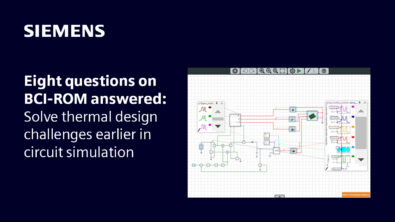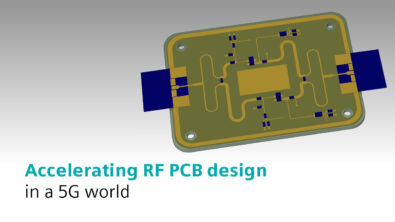Change is in the air, and it feels good
If you have the feeling that everywhere you look you see articles about IoT, you’re probably right. It’s not often that we have the chance to catch a new ‘hot’ business opportunity before its peak because we usually don’t learn about its potential until after the opportunity ‘explodes’ in the market. With IoT, it’s different.
We KNOW IoT is still far from its peak. We KNOW this market is growing at an unbelievable pace. We also know the IoT-based electronic market craves high-quality, reliable electronic products. As such, as engineers and designers, we know that the earlier we can jump in and conquer this market, the more we can profit. It’s that simple.
Many companies have tried to estimate how much the IoT market will grow. Let’s look at a few examples[1]:
- Bain & Company predicts that, by 2020, annual revenues could exceed $470b for IoT vendors selling hardware, software, and comprehensive solutions.
- McKinsey & Company estimates that the IoT has a total potential economic impact of $3.9 trillion to $11.1 trillion a year by 2025.
- General Electric predicts investment in the ‘Industrial Internet of Things’ (IIoT) is expected to top $60 trillion during the next 15 years.
- IHS Markit forecasts that the IoT market will grow from an installed base of 15.4 billion devices in 2015, to 30.7 billion devices in 2020, and 75.4 billion in 2025.
With these predictions in place, there is an understanding that the IoT is not just an opportunity, but rather an inevitable part of the future for PCB designers and engineers. Yet, just as when RF began to be commonly used in electronic products, IoT design comes with its own set of challenges and a need to adapt in some ways.
A good first step would be to grab a huge cup of coffee and find some good reading materials to help you focus on the critical aspects, challenges, and solutions of good IoT design. Then go ahead! Take your first steps in making the most of this big opportunity. You can start with this white paper to learn about the distinct set of components, physical interfaces, PCB’s, and circuitry common in IoT devices, along with the unique challenges that go with designing them. Then take a look at this checklist to see what you can do to increase the design reliability of your IoT devices.
Thanks for reading!
Danit
[1] (Source: Roundup Of Internet Of Things Forecasts And Market Estimates, 2016)
Comments
Leave a Reply
You must be logged in to post a comment.




Very nice writeup, Thanks! for sharing 🙂